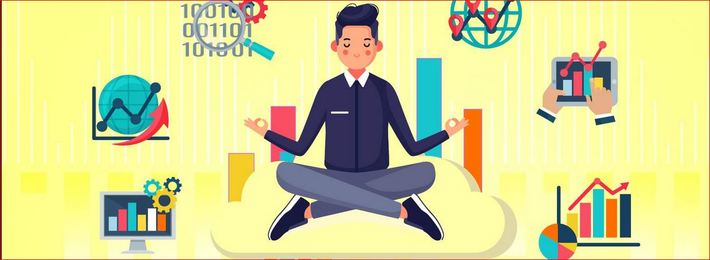 Perhaps most organizations already know what to do with the data gathered. The data is used to make better decisions at work, right? But do you have all the skills needed to parse swaths of data thrown at you?
Perhaps most organizations already know what to do with the data gathered. The data is used to make better decisions at work, right? But do you have all the skills needed to parse swaths of data thrown at you?
Well, you might not need to do the digging all by yourself, but you do need to know how to correctly interpret the analysis created by your data science team. Therefore, among the best type of data analysis is regression analysis. To ace this analysis, a data science specialist needs to be equipped with regression techniques.
We will further analyze the top regression techniques essential for all data scientists.
The regression technique is used when we’re determining the relationship taking place between two variables (dependent and independent variables). This further helps fit the nearest corresponding line to the independent variable and then predict the dependent variable accordingly. As a result, we can easily predict the future outcome of the company based on the present and past information.
Let us now talk about the different types of regression techniques:
1. Linear Regression
The linear regression technique helps determine a large variable by building a connection between independent and dependent variables. The best fit is taken by ensuring the sum of distances between the actual observation and the shape for each point should be small.
This is how linear regression is represented:
Dependent variable = Intercept + Slope * Independent Variable + Error ()
Also, there are two types of linear regression:
1. Simple linear regression – uses a single independent variable to predict a dependent variable by making sure to fit the best linear relationship.
2. Multiple linear regression – uses more than one independent variable to predict a dependent variable by making sure to fit the best linear relationship.
2. Logistic Regression
Logistic regression is majorly used for classification problems. Also, referred to as the data mining technique, the logistic regression technique distributes categories to a group of data used for providing accurate analysis and predictions.
A simple way to explain this, for instance when a dependent variable gets discrete in linear regression that becomes logistic regression. An example,
odds= p/ (1-p) = probability of event occurrence / probability of not event occurrence
ln(odds) = ln(p/(1-p))
p is therefore the probability of occurrence of an event (0).
This technique helps make a connection between models and those indicators are further used to check the likelihood of whether the outcome is a yes or a no.
Linear and logistic regression techniques are two major techniques that can be leveraged by a data science specialist.
3. Stepwise Regression
The stepwise regression technique is used while dealing with more than one independent variable. These variables get chosen using an automatic process without any human intervention. This is easily achievable by being observant on statistical values such as R-square, AIC metrics, and t-stats to recognize significant variables.
This regression technique follows three procedure:
I. The forward determination includes additional factors to determine the improvements which eventually stop if no developments are seen past a certain degree.
II. Backward elimination includes canceling of factors until no further factors can be erased.
III. The bidirectional end is the combination of the first two methods.
4. Ridge Regression
This technique is used when examining the data gathered from more than one regressions. When multicollinearity takes place, the point at which it happens detects the impartial least-squares methods. If a level of inclination gets added to the already relapse gauge, the ridge regression helps standard errors to diminish.
On a regular basis, relapse issues make the model unpredictable and become overfit. When such instances take place a decreasing the change in model and keeping it from overfitting is one way to overcome such problems.
5. Lasso Regression
In Lasso regression, the data that is fed isn’t normal. Assumptions are said to be least squared wherein the difference is that normality cannot be assumed in such cases. This regression technique shrinks the coefficient to zero which helps during feature selection.
Having expertise in regression techniques indicates the skill strength of the data science specialist and the capability they hold in using these techniques to solve real-world problems.
6. Polynomial Regression
Polynomial regression is used when a relationship between both dependent and independent variables is non-linear. In this technique, least-squares are being used where the power of the independent equation’s strengths lies in more than one.
Such type of technique is ideal in curvilinear data.
The equation is seen below:
y=a+b*x^2 ()
Summing up
Knowing which regression technique to apply and where to apply is one skill every data scientist needs to be equipped with. For instance, if you’re looking to avoid overfitting you need to know which technique would work best. Well, you could use cross-validation methods and even the lasso or ridge regression technique. Regression techniques are powerful tools every data scientist can take advantage of today.
